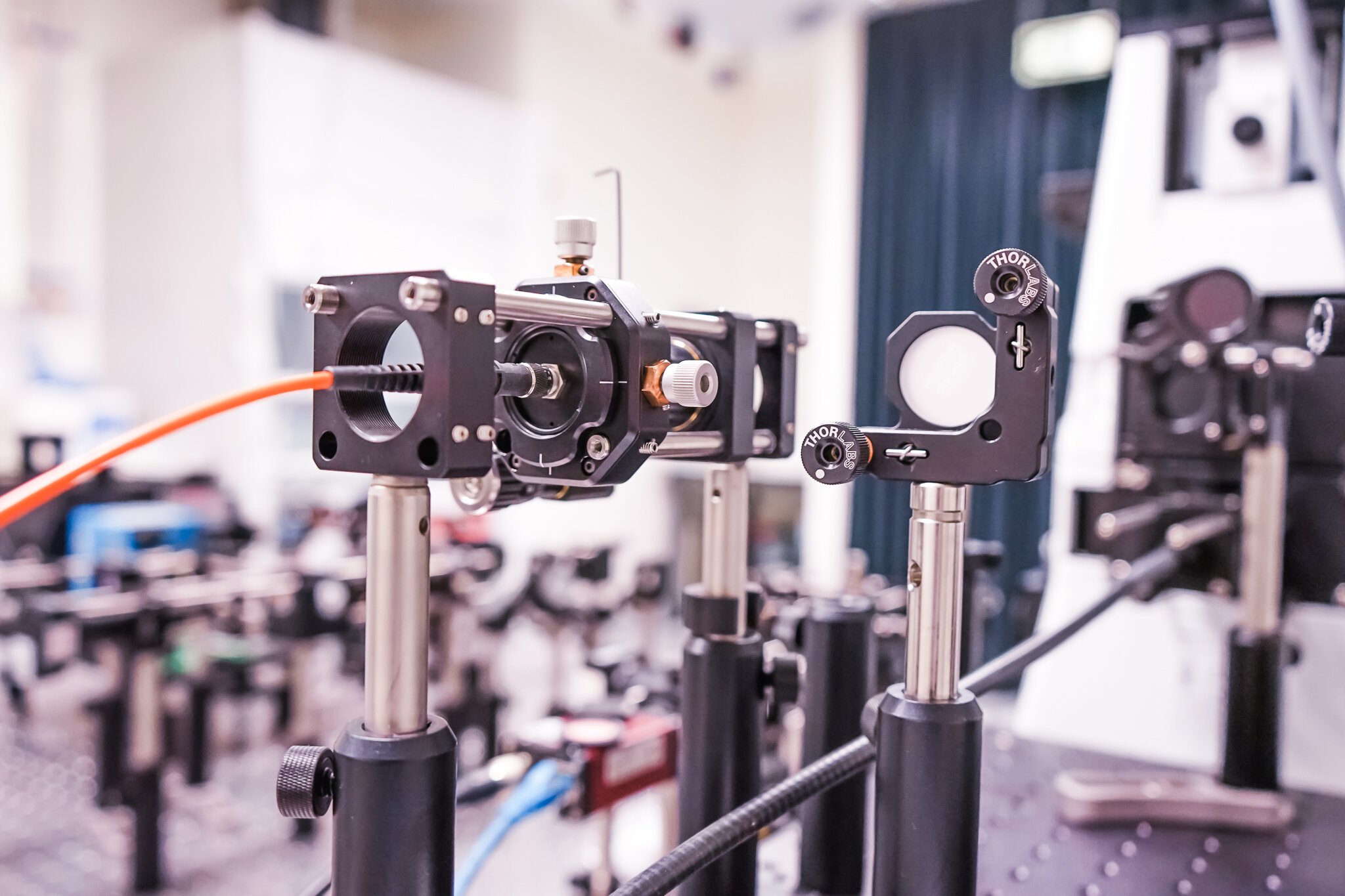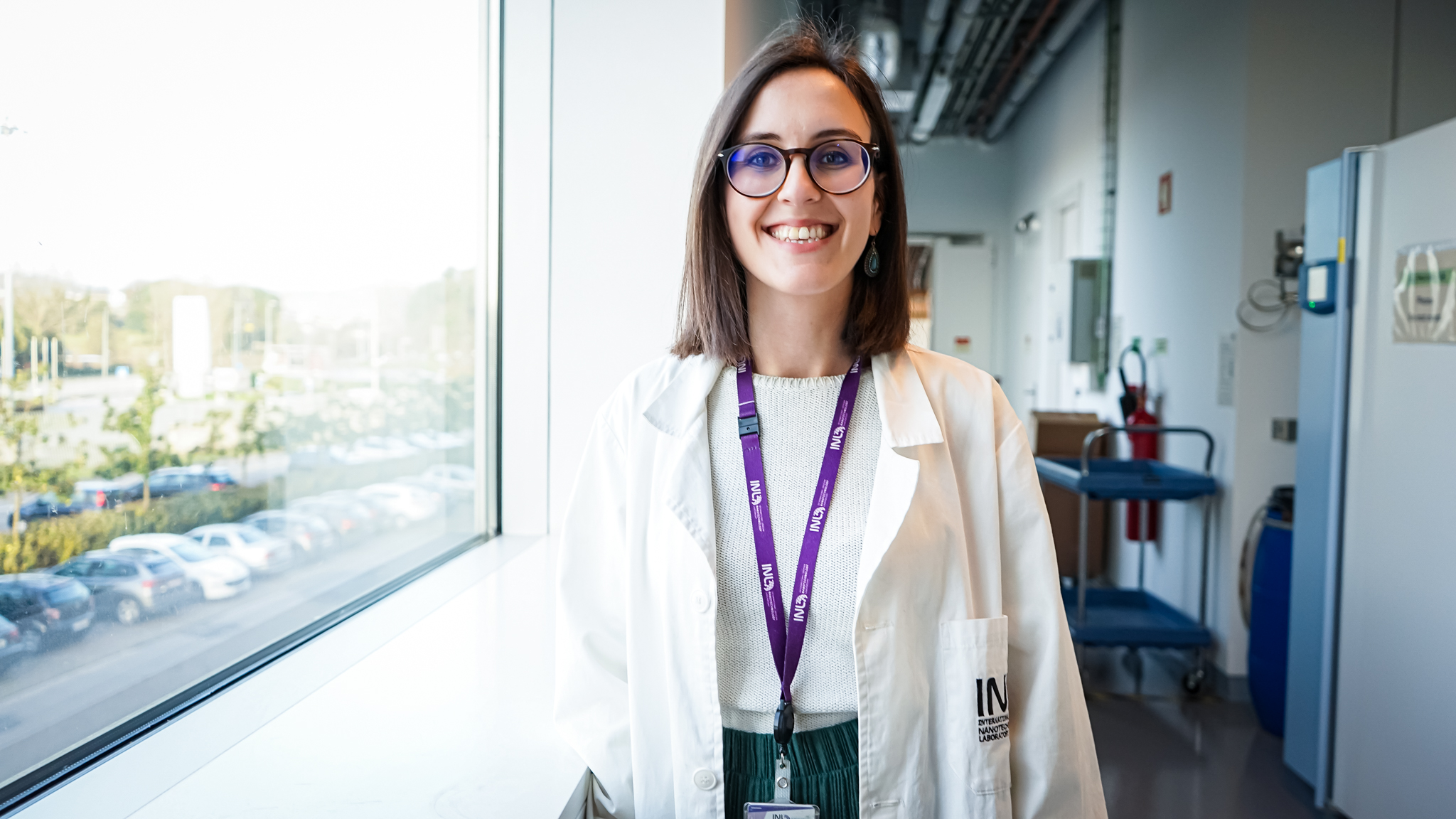
NASCADIA, Using Microalgae for Bio-inspired Nanodevices
February 2, 2023
While the global demand for high technologies rises, their production still widely relies on unsustainable and environmentally unfriendly production techniques, and mining of critical raw materials.
NASCADIA project aims to use microalgae as the bio-factory for high–quality photonic nanostructures production. Photonic crystals are among the highly demanded technological components, as they can manipulate light at the nanoscale. Applications include optoelectronics, telecommunication and information technologies, and medical and pharmaceutical devices.
Within the NASCADIA project, INL – International Iberian Nanotechnology Laboratory researchers are studying diatoms. Diatoms are a type of plankton and are among the most abundant microalgae on Earth. They have an external skeleton made of bio-silica around their cell, which serves as a barrier and promotes photosynthesis in the aquatic environment.
The properties of diatom bio-silica as nanomaterials have skyrocketed in the last years from a technological perspective. In fact, several implementations have denoted extremely good quality as a porous material for Lithium battery anodes as well as blood filtering strategies. Diatoms are also considered a suitable source of biomass for biofuels, and important indicators of water pollutants since their species composition is sensitive to variations in environmental factors.
There is a huge potential to use diatoms as “natural nanodevices”. However, for this to happen, it’s imperative to know how to control the properties of the bio-silica in the diatom exoskeleton in order to obtain a reliable and useful source of nanomaterial. INL researchers are learning about the implications of diatom photosynthesis, to better understand the diatom photonic system. The main goal of NASCADIA is to gain knowledge on how the uptake of different elements into the bio-silica, and to modify diatom nanostructures to make them suitable for nanophotonic approaches.
With the NASCADIA project, we are paving the way to photonic production through clean, safe and cost-effective natural methods.



